Dinner
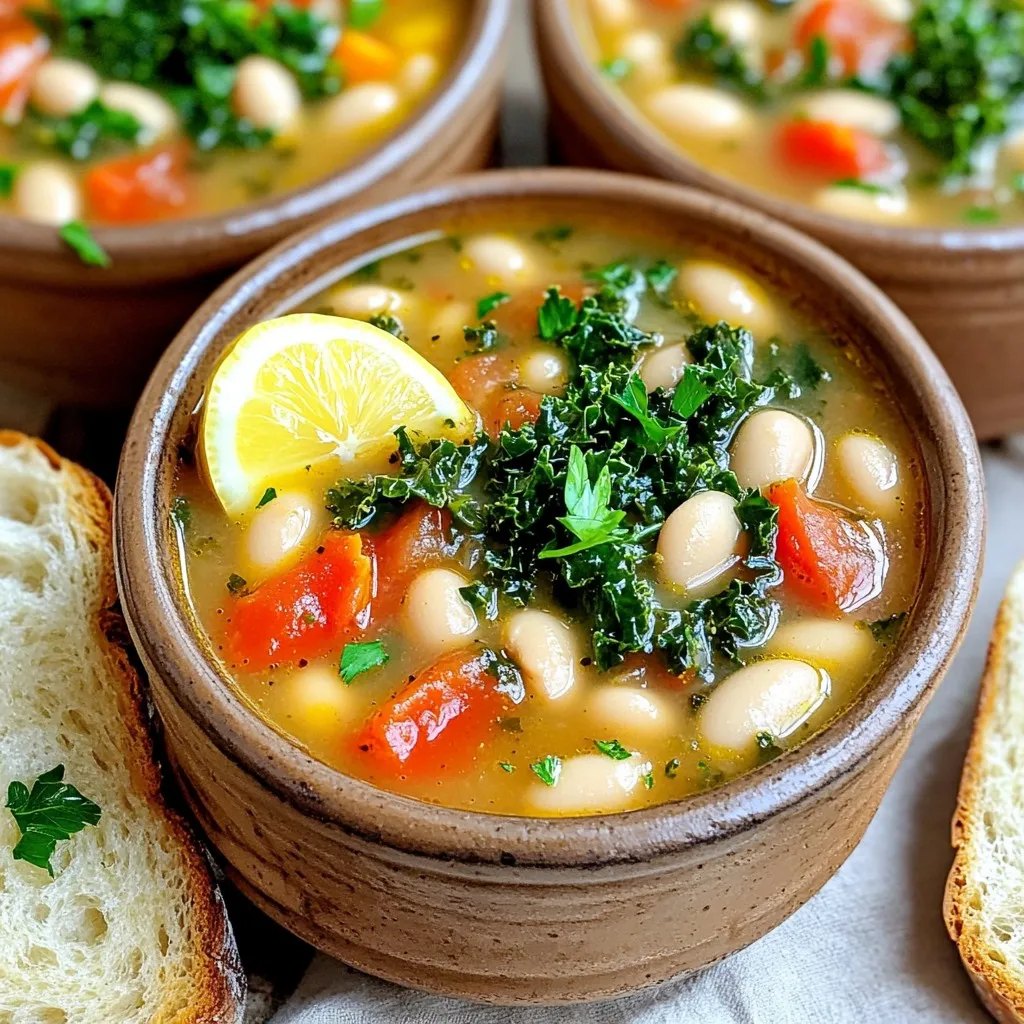
Slow Cooker Tuscan White Bean Soup Delightful Recipe
Ready to warm your soul with a delicious bowl of Slow Cooker Tuscan White Bean Soup? This easy recipe blends creamy beans, fresh veggies, and
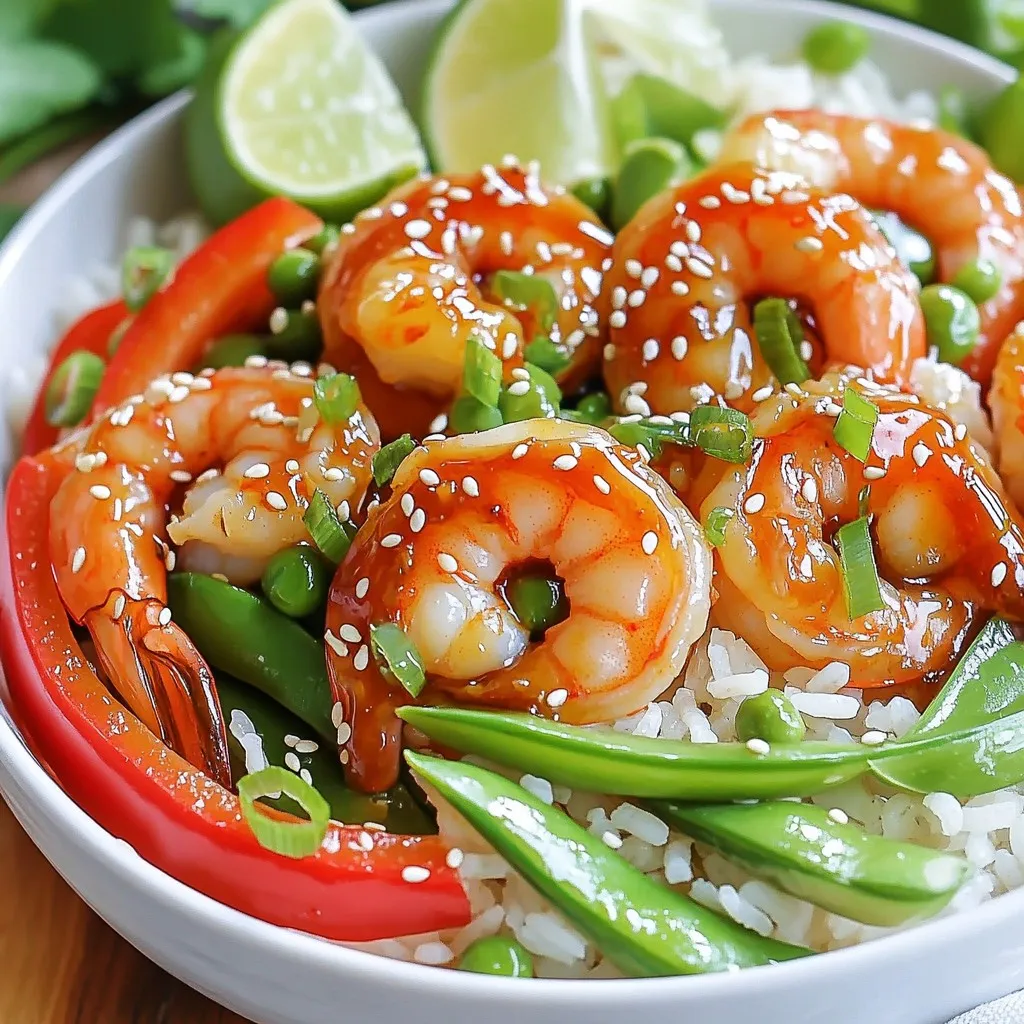
Honey Sriracha Shrimp Rice Bowls Flavorful Delight
Get ready for a tasty treat with my Honey Sriracha Shrimp Rice Bowls! This easy recipe combines sweet honey and spicy Sriracha to create bold
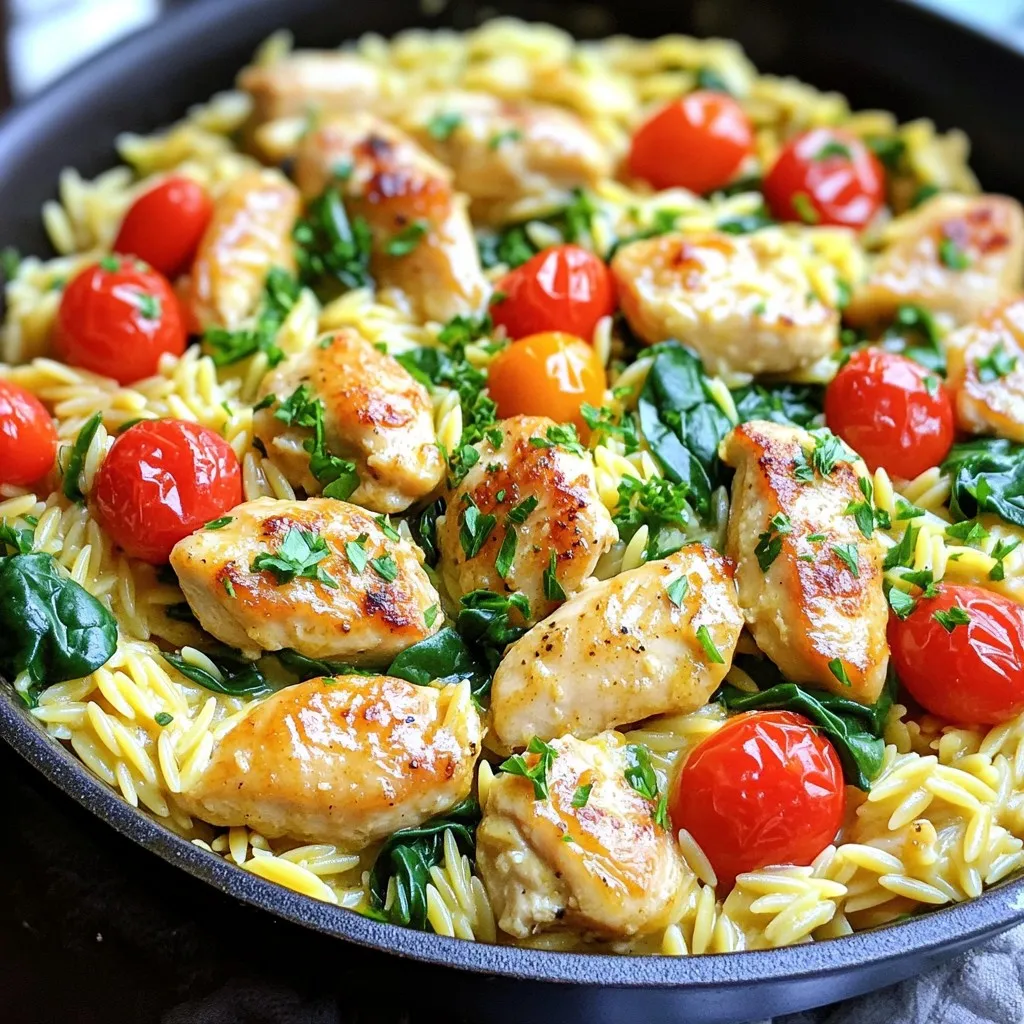
Garlic Butter Chicken Orzo Skillet Flavorful Meal
Looking for a simple yet delicious dinner recipe? I’ve got just the thing for you! This Garlic Butter Chicken Orzo Skillet recipe combines tender chicken,
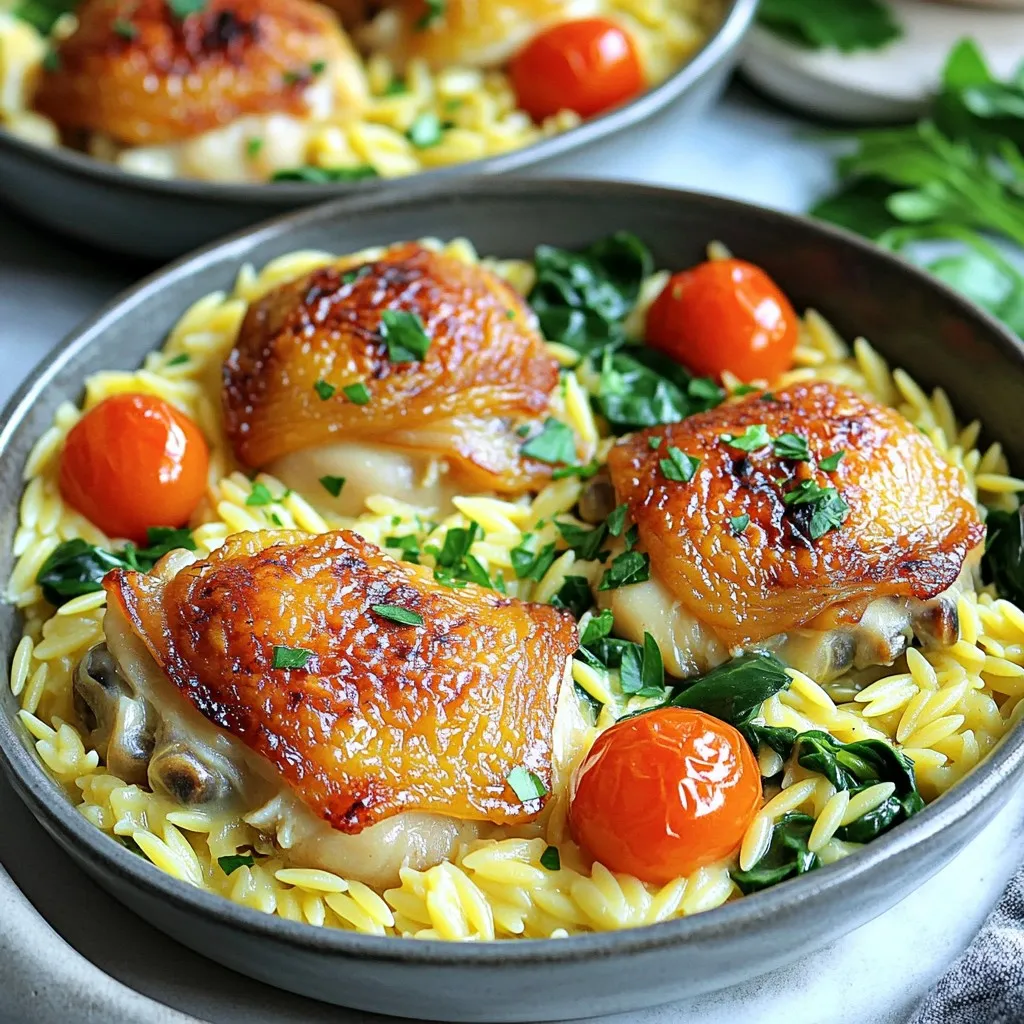
Garlic Butter Chicken Orzo Skillet Flavorful Delight
Get ready for a tasty meal that’s easy to make! This Garlic Butter Chicken Orzo Skillet is full of flavor and simple to prepare. You’ll
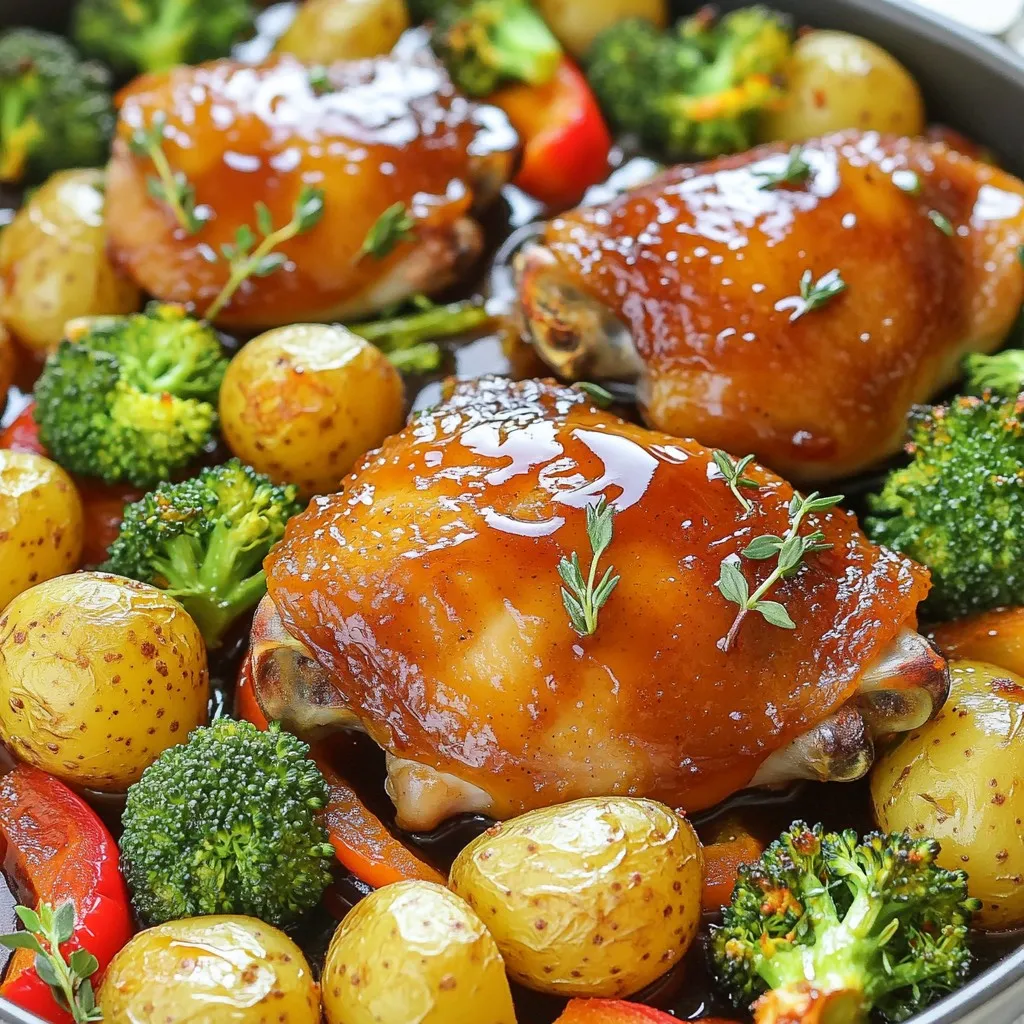
Sheet Pan Maple Dijon Chicken and Veggies Delight
Welcome to the delicious world of sheet pan meals! Today, I’m excited to share my favorite recipe: Sheet Pan Maple Dijon Chicken and Veggies Delight.

Slow Cooker Honey Garlic Chicken Thighs Tasty Dish
Are you ready to elevate your dinner game? In this post, I’ll show you how to make Slow Cooker Honey Garlic Chicken Thighs, a sweet
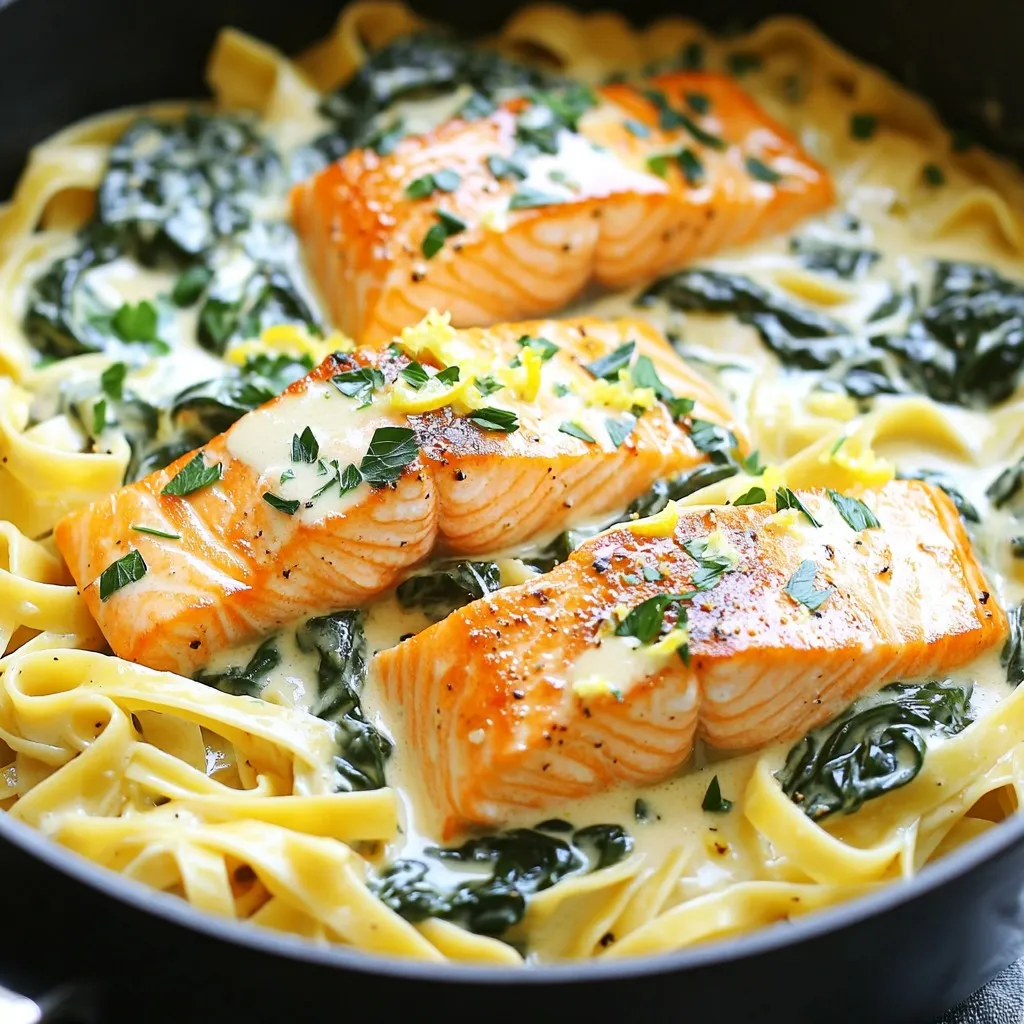
One Pot Creamy Garlic Butter Salmon and Spinach Dish
Looking for a simple yet delicious dinner? This one-pot creamy garlic butter salmon and spinach dish is your answer! With fresh salmon fillets nestled in

Sheet Pan Honey Garlic Chicken & Broccoli Delight
Are you ready for a one-pan meal that bursts with flavor? My Sheet Pan Honey Garlic Chicken & Broccoli Delight packs sweet and savory goodness
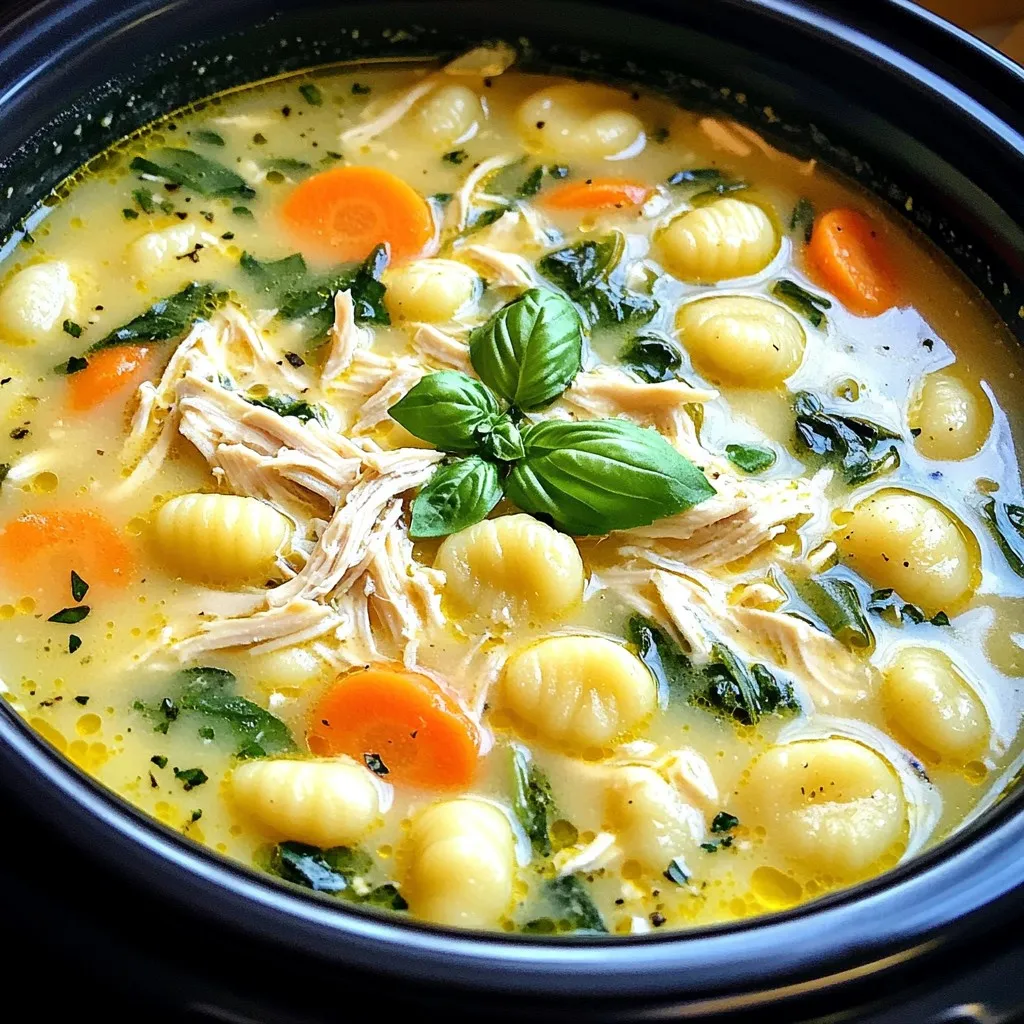
Slow Cooker Chicken & Gnocchi Soup Hearty and Easy Dish
Looking for a warm, comforting dish that fits perfectly into your busy life? My Slow Cooker Chicken & Gnocchi Soup delivers heartiness with ease. This
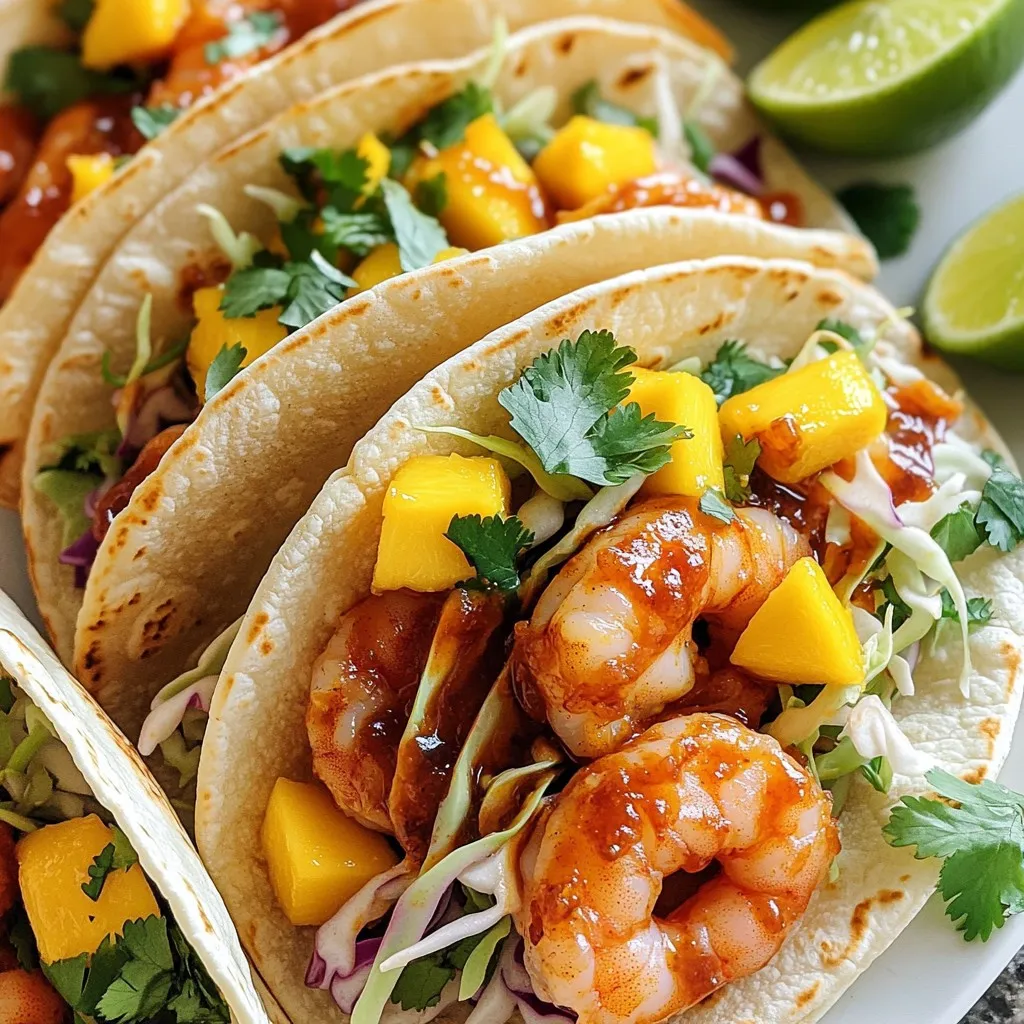
Air Fryer Sweet Chili Shrimp Tacos Flavorful Meal
Get ready to spice up your dinner with my Air Fryer Sweet Chili Shrimp Tacos! These tacos are simple, packed with flavor, and a guaranteed